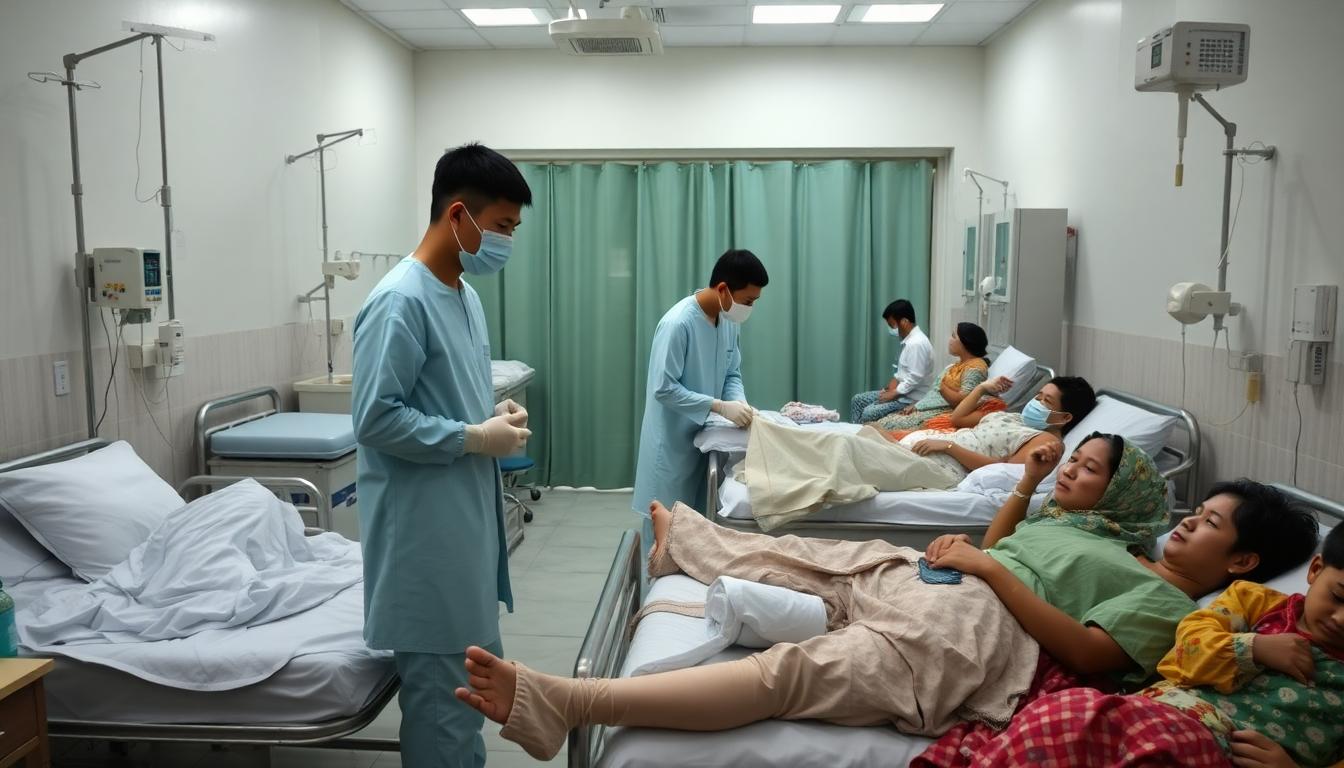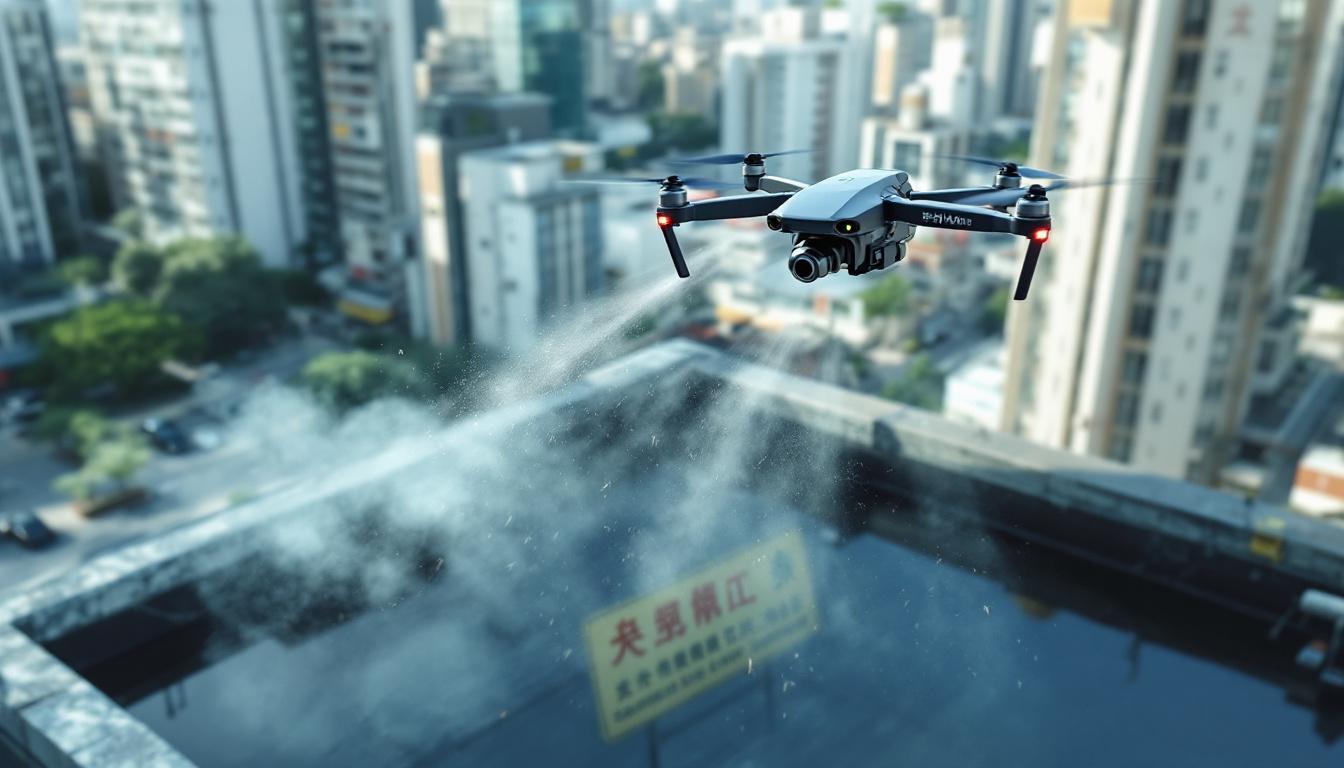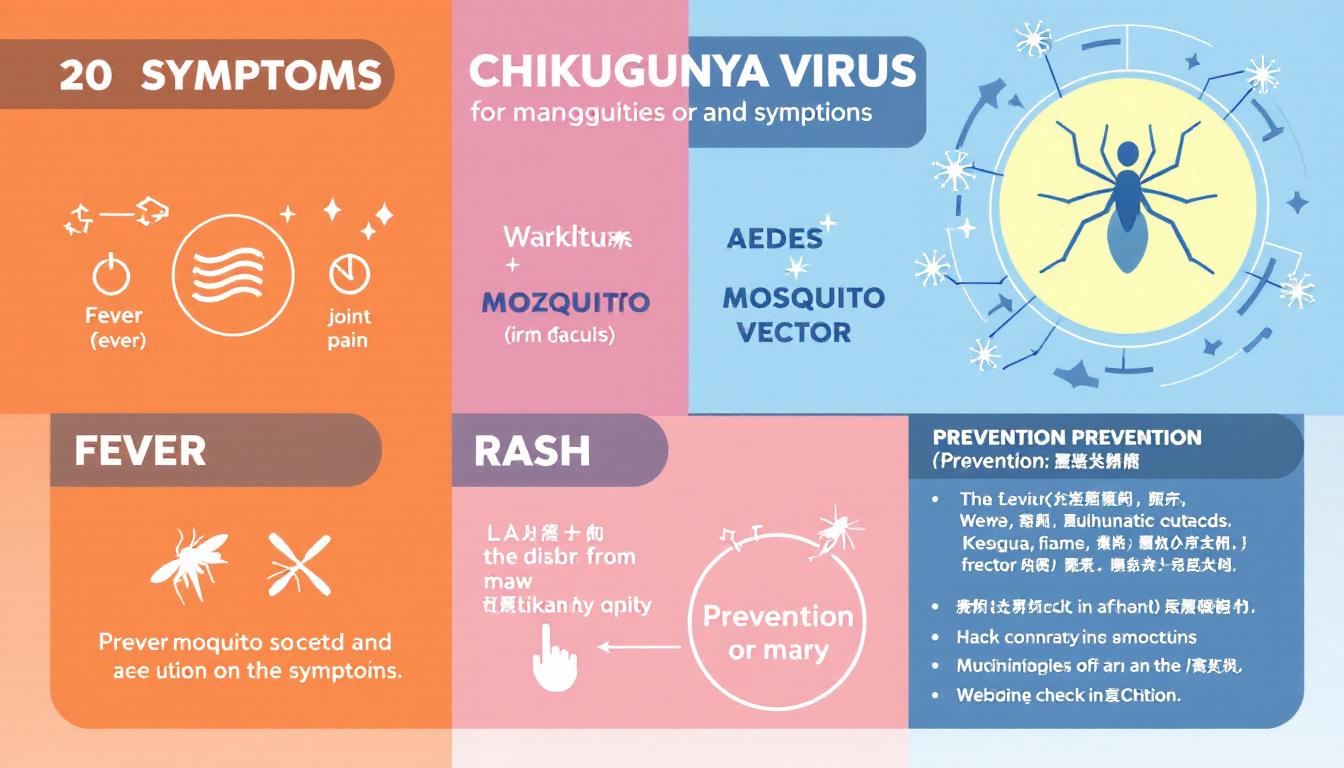China is responding to its largest chikungunya virus outbreak on record, with more than 7,000 confirmed cases so far in Foshan and the surrounding region. Unlike past years, the chikungunya virus was not previously endemic in China—leaving communities with little natural immunity and making fast containment urgent.
What Is Chikungunya?
Chikungunya is a viral illness transmitted by Aedes mosquitoes, especially Aedes aegypti and Aedes albopictus. Classic symptoms include sudden high fever, severe joint pain, muscle aches, rashes, and fatigue. While most people recover in one to two weeks, joint pain can last for months, particularly among the elderly or people with pre-existing health conditions. This outbreak is concentrated in Foshan, a bustling manufacturing city near Hong Kong.
Why Is This Outbreak So Severe?
Heavy rain and sustained heat this summer have created ideal breeding conditions for mosquitoes. As standing water accumulates in urban areas, mosquito populations explode. With no previous local presence, the chikungunya virus spread quickly, catching many residents and authorities by surprise.
The Control Response: Strict and Multi-Level

Health officials in China are using a mix of strategies to contain the virus:
- Mass insecticide spraying in streets, neighborhoods, and construction zones
- Hospitalizing confirmed patients for a minimum of one week
- Initially imposing two-week home quarantines (later canceled, since person-to-person spread doesn’t occur)
- Public awareness campaigns on mosquito control and personal prevention
Hospitals are treating a steady stream of patients with intravenous fluids, extra care for kids and seniors, and support for severe joint pain.
High-Tech Solutions and Community Enforcement

Local governments now deploy drones to scan for and spray insecticide on rooftops or hidden water sources. Surveillance is helping identify mosquito breeding spots that street workers might miss. Biological methods are also in use, such as releasing fish that eat mosquito larvae and considering larger species to help manage mosquito populations long-term.
Laws back up these efforts. Residents face fines up to 10,000 yuan (about $1,400) for failing to eliminate outdoor standing water. Persistent violators risk electricity cutoffs to encourage compliance.
International Impact and Travel Warnings
Health officials abroad are watching China’s outbreak closely. The U.S. Centers for Disease Control and Prevention has issued a Level 2 travel warning for Guangdong province, urging travelers to:
- Use mosquito repellent
- Wear long sleeves and pants
- Choose hotels or residences with screened windows and air conditioning
This outbreak comes at a time of global increase in mosquito-borne illnesses—240,000 cases and 90 deaths have already been reported worldwide in 2025, across 16 countries.
Key Facts and Prevention Tips

- Main symptoms: fever, severe joint pain, muscle pain, rash, and fatigue
- Spread by: mosquito bites (not person to person)
- Prevention: remove standing water, use repellent, wear protective clothing, use window/door screens
- Most people recover fully, but joint symptoms can linger for months or longer
Looking Forward
China’s campaign reflects lessons learned from earlier outbreaks like SARS and COVID-19, favoring immediate, high-visibility public health interventions. The hope is that by catching the outbreak early and using both chemical and biological controls, the virus’s spread can be quickly managed.
But the episode underlines a larger trend: climate change and urbanization are making mosquito-borne diseases a more regular threat, even in places that have never faced them before. Integrated vector control and global cooperation will be needed to reduce future risks—in China and beyond.
To contact us click Here .







